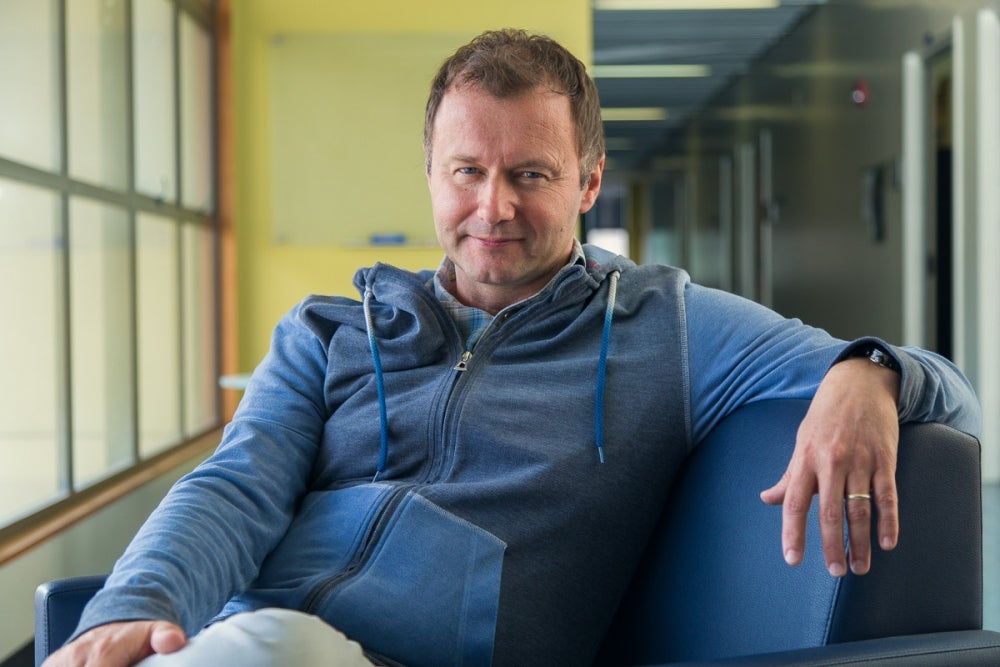
A Double Dose of Success
There’s good news and more good news for UC Santa Barbara mechanical engineer Igor Mezić.
The director of UCSB’s Center for Energy-Efficient Design has received the 2017 Department of Defense Multidisciplinary University Research Initiative (MURI) award and a fellowship from the Society for Industrial and Applied Mathematics (SIAM) in recognition of his long-term contributions to applied mathematics.
“At UCSB’s College of Engineering, we pride ourselves on making scientific contributions that improve the world,” said Dean Rod Alferness. “As a widely recognized mechanical engineer and applied mathematician, Igor Mezić fits squarely into that vision.”
Along with colleagues from four other institutions, Mezić will receive a five-year $6.5 million grant for their proposal titled “From Data-Driven Operator Theoretic Schemes to Prediction, Inference and Control of Systems (From DDOTS to PICS).”
Mezić is also being honored with a SIAM fellowship for his major contributions to the field, including sustained innovation at the dynamical systems theory/applications interface, notably for advances in the use of Koopman Operator Theory.
The applications of Koopman Operator Theory to data analysis, according to Mezić, have to do with how to organize data to extract its meaning. “The data might be extremely messy so that it gives you just a few numbers that are particularly relevant to understanding the evolution of a system’s dynamics,” he explained. “I develop algorithms that can extract patterns that may be hidden in some way.”
Mezić, who is head of the Buildings & Design Solutions Group for the UCSB Institute for Energy Efficiency, does much of his work under the umbrella of what he calls “big data dynamics.”
In smart buildings, an area where he has worked extensively, Mezić examines the dynamics between, say, humidity and energy use. “I might ask, ‘How will a change in humidity at this point in time affect energy use over the next five hours?’” he said. “I use the data to analyze and understand the properties of large, data-intensive systems in order to better design and control them.”
For the MURI project, Mezić will again develop algorithms. This time they will be applied to understanding, designing and controlling dynamic systems that have a significantly higher level of complexity than anything he and his research partners have tackled to date.
With autonomous systems increasing, the U.S. Army is interested in new theoretical approaches that can ultimately be applied to design advanced, autonomous robots, helicopters and other autonomous systems. Mezić and his collaborators will be thinking about fundamental aspects of motion for revolutionary flying vehicles, perhaps with flexible birdlike wings, or robots that have sophisticated abilities to maintain or regain equilibrium.
“There is currently no unified framework within which we can analyze and control such vehicles so that the calculations are fast, the precision is there and we can predict such things as when maintenance will be needed,” he said. “My work is not to produce those applications but to produce algorithms that can make those kinds of things safer and enable us to control certain processes so that they can operate autonomously.”



